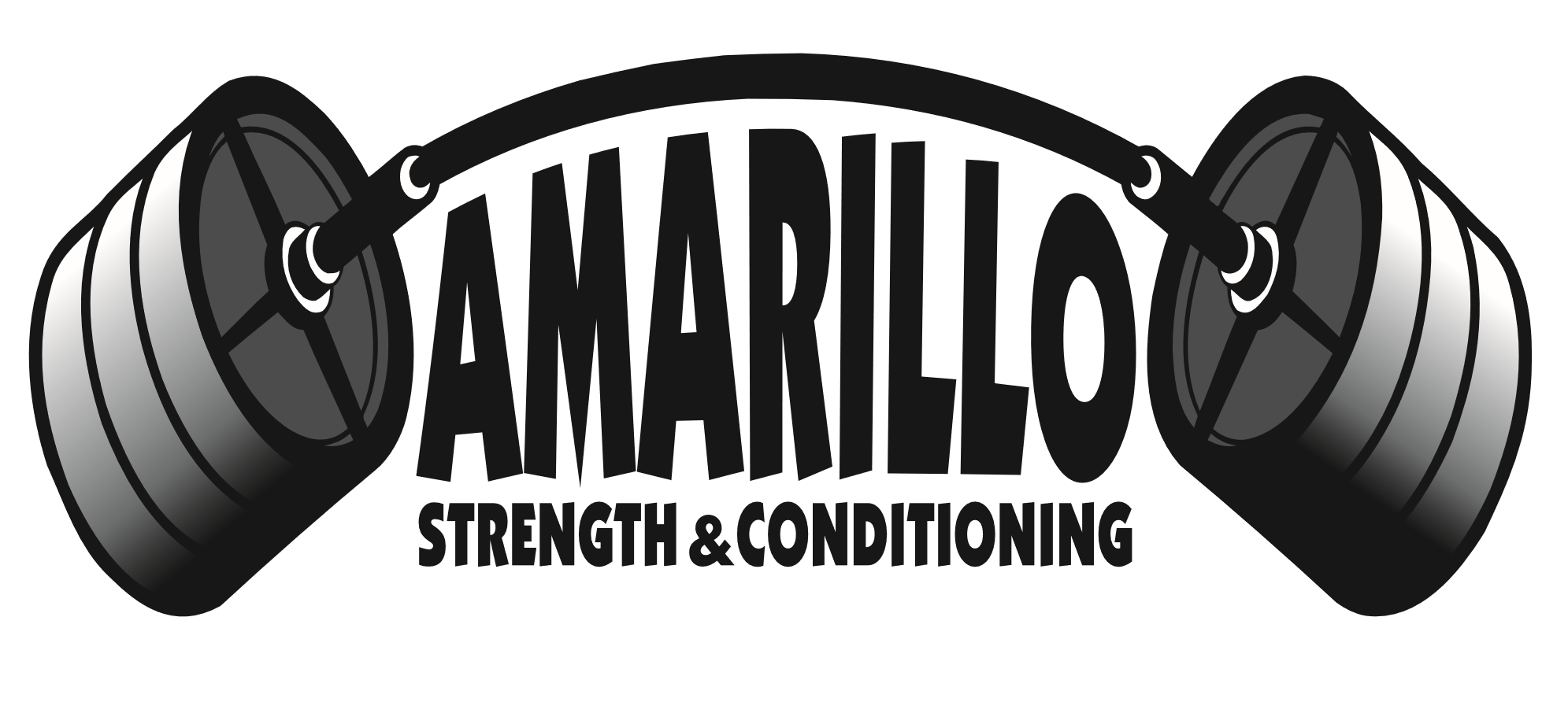Conditioning
In contrast to the physical adaption provided by strength training, conditioning work focuses more on physiological change as the desired adaptive response. Conditioning is training to improve the cardiovascular system’s transport of blood to the working muscles, and to concurrently condition the muscles to better use the fuel delivered to them by improving the efficiency of the three distinct metabolic pathways. When programming conditioning efforts for our trainees, we consider which conditioning stress(es) would be most appropriate to achieve their performance goals without compromising strength.
We incorporate conditioning into a trainee's program for both general and specific applications:
Life
Conditioning for general health can be a useful tool for those looking to improve their quality of life. Studies on the psychological effects of exercise have found that regular physical activity can improve your mood and the way you feel about yourself. Researchers have also found that regular exercise is likely to reduce depression and anxiety, and to help you better manage stress. Whether you're looking to compete in an endurance race or to simply burn some extra calories, we will provide a conditioning protocol that gets results.
Work
Military/Police/Firefighter work involves a variety of physical abilities, and although we recognize that increased strength would best enhance those abilities, we also recognize that cardiorespiratory fitness is a must. Most of these agencies require an initial demonstration of fitness; whether in an academy or with a one-time test, these testing protocols are replete with endurance efforts. Some organizations additionally require a regular demonstration of fitness to maintain a position on the force in the form of a physical readiness test or PRT; these tests are also biased in the way of endurance capacity. Regardless of the need, we can tailor a program that employs the most useful conditioning efforts and appropriately cycle them into your current strength routine.
Sport
Most field and court sports require several powerful bursts of effort followed immediately by a less powerful effort or rest. Long cardio (aerobic) efforts have generally been the default form of conditioning for most sports, however these efforts tend to waste muscle and have deleterious effects on more powerful (anaerobic) efforts. When we condition athletes we utilize sprinting and high intensity interval work because these efforts more closely mimic the cardiovascular and metabolic demands of sport. Furthermore, this style of (anaerobic) training can be used to develop high levels of endurance without the muscle wasting effects of longer endurance efforts.



